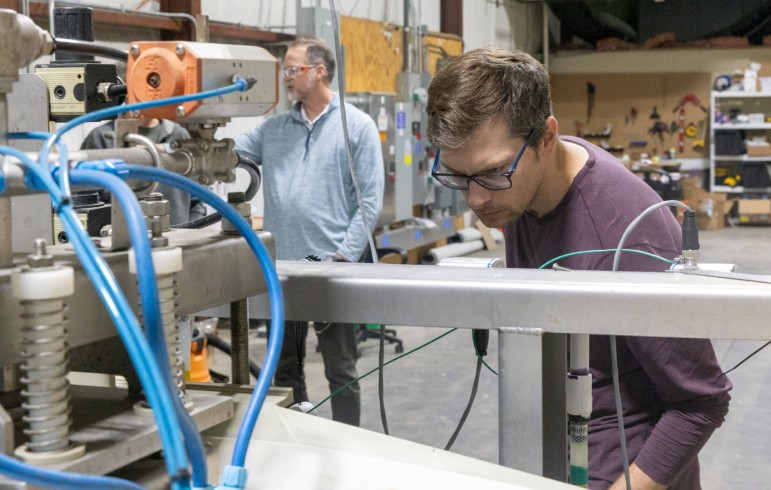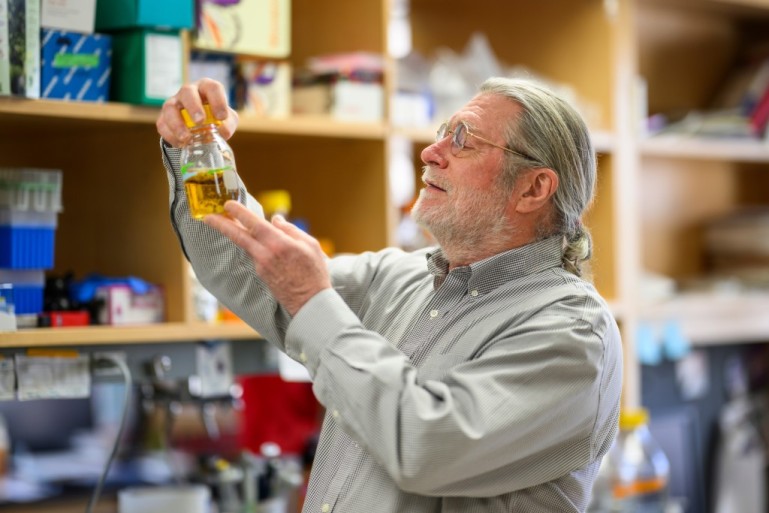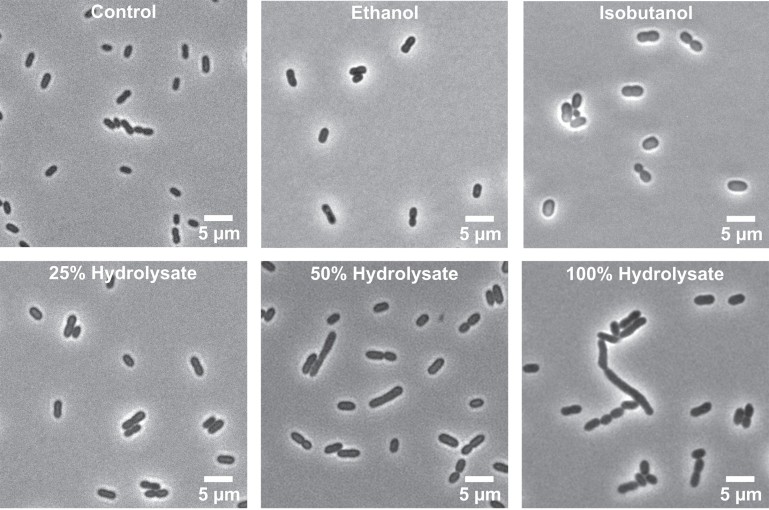When Kit Carlson read that Monsanto was donating its Middleton research center to the University of Wisconsin–Madison in 2017, she knew it meant new opportunities for her students at Madison College.
On Sept. 1, the Center for Genomic Science Innovation(CGSI) opens with the goal of developing innovative technological and computational genomic approaches to address modern problems in medicine, agriculture and basic scientific discovery.
Mechanical engineering professors Greg Nellis and Doug Reindl, along with their former graduate student Amy Van Asselt (MEPhD ’18), have received the prestigious Crosby Field Award from the American Society of Heating, Refrigerating and Air-Conditioning Engineers (ASHRAE).
Pyran, a spinoff company based on technology developed in the laboratory of George Huber, the Richard L.
Wisconsin’s dairy industry churns out huge quantities of valuable consumer products like milk, yogurt and cheese, but it also generates large volumes of coproducts that represent an economic liability for dairy companies.
Each year, the Great Lakes Bioenergy Research Center (GLBRC) hosts a group of undergraduate students to participate in the Research Experience for Undergraduates (REU) program, designed to immerse students in research.
Prolific biofuels researcher James Dumesic has been named the winner of the 2019 Eni Energy Transition Award.



